Exploring the Best National Parks to Visit in March
Here’s our guide to help you find the best national parks for your March vacation.
Looking for the best products? We've got you covered! Our editors independently selected each item on this list. Journey Fanatics may collect a share of sales or other compensation from links found within these pages if they choose to buy something (that's how we stay in business). However, all opinions in this article are our own; enjoy finding your next favorite thing today!
With the weather warming up and spring just around the corner, now is the perfect time to start planning your dream trip to a national park. While there are dozens of parks to choose from, some are better suited for a visit in March than others. Here’s our guide to help you find the best national parks for your March vacation.
Yellowstone National Park, Wyoming and Montana
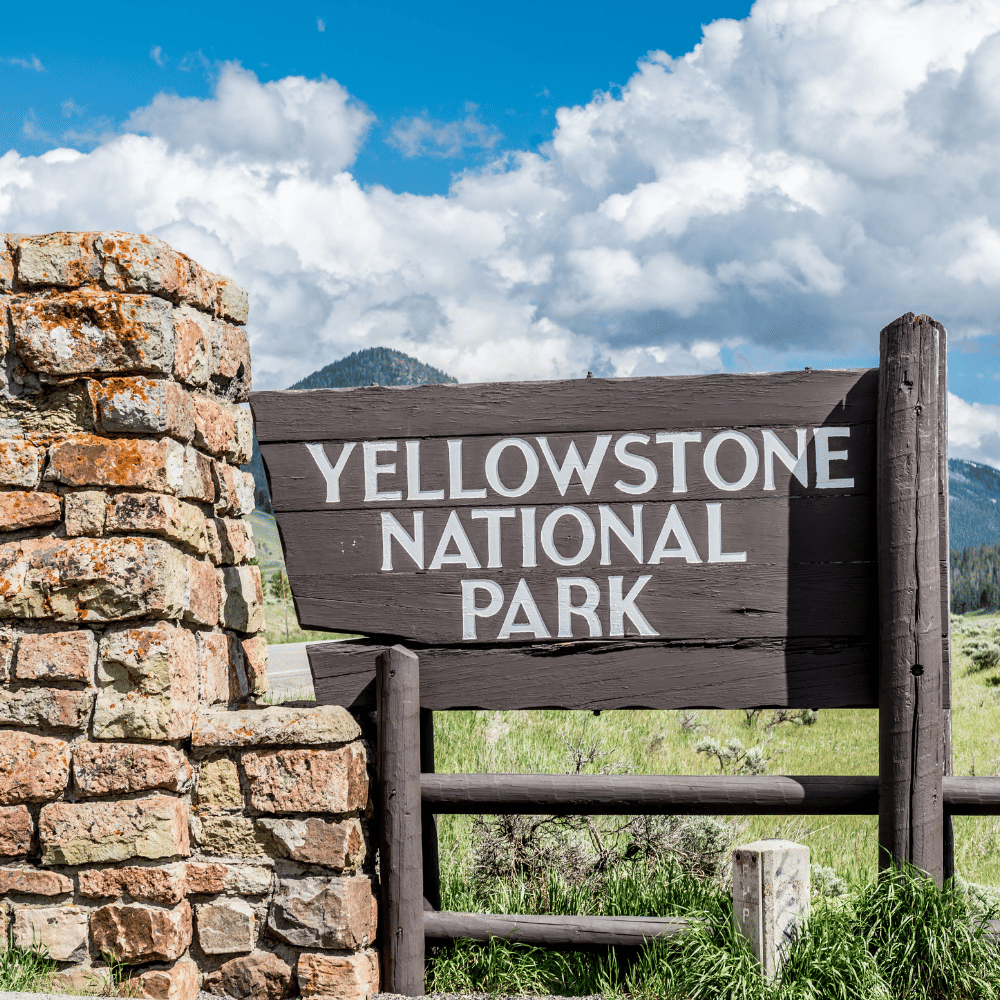
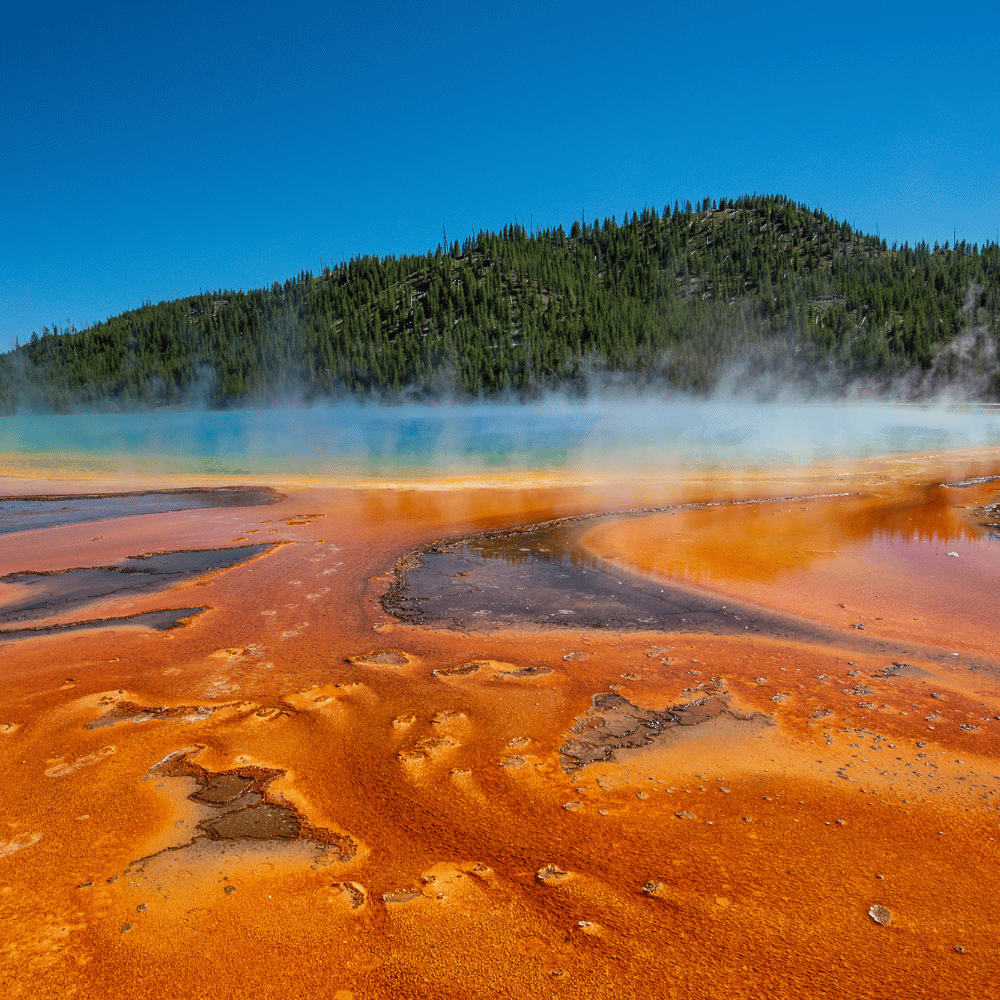
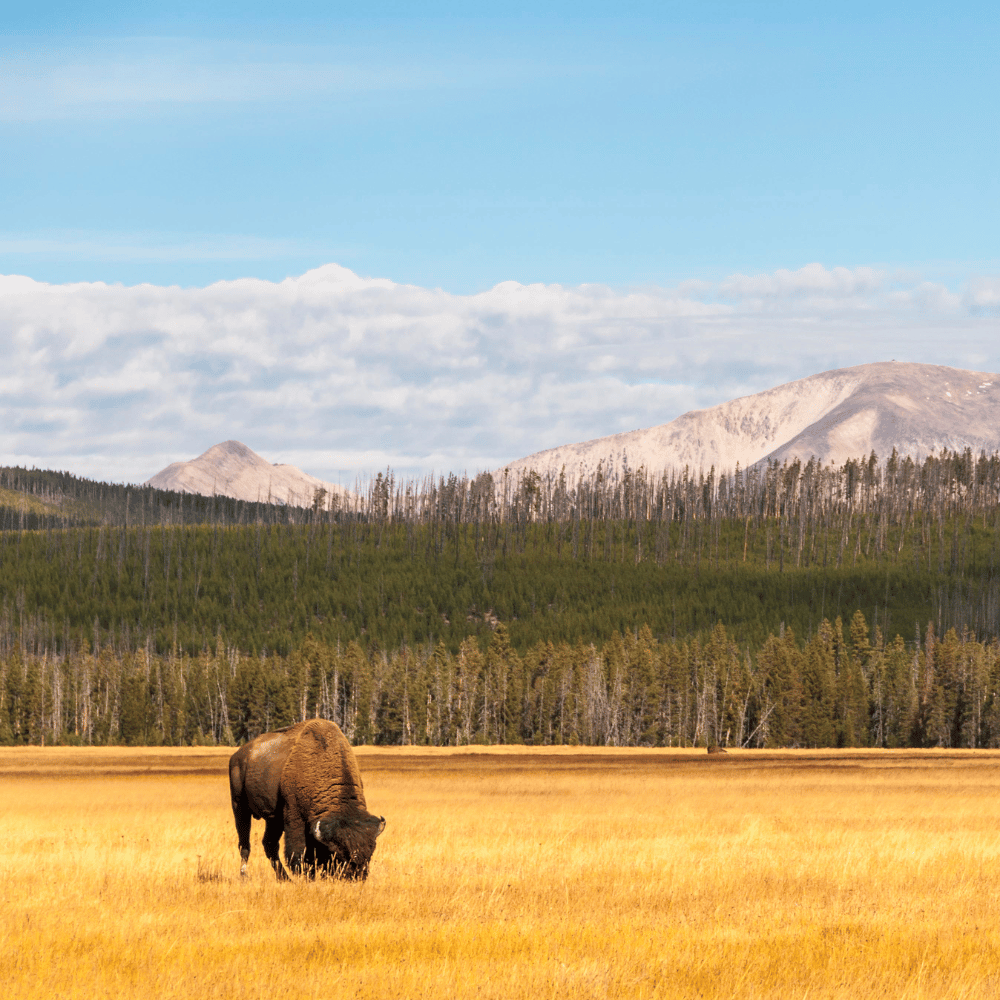
Yellowstone is one of the most popular national parks in the United States, and it's easy to see why. Its expansive wilderness area provides plenty of opportunities for outdoor recreation, such as hiking, camping, fishing, and more. It also has an abundance of wildlife, including grizzly bears, bison, wolves, elk, and many more animals that can be seen while exploring this magnificent park. During March, temperatures begin to rise, making it a great time to explore Yellowstone before the summer crowds arrive.
Great Smoky Mountains National Park, Tennessee and North Carolina
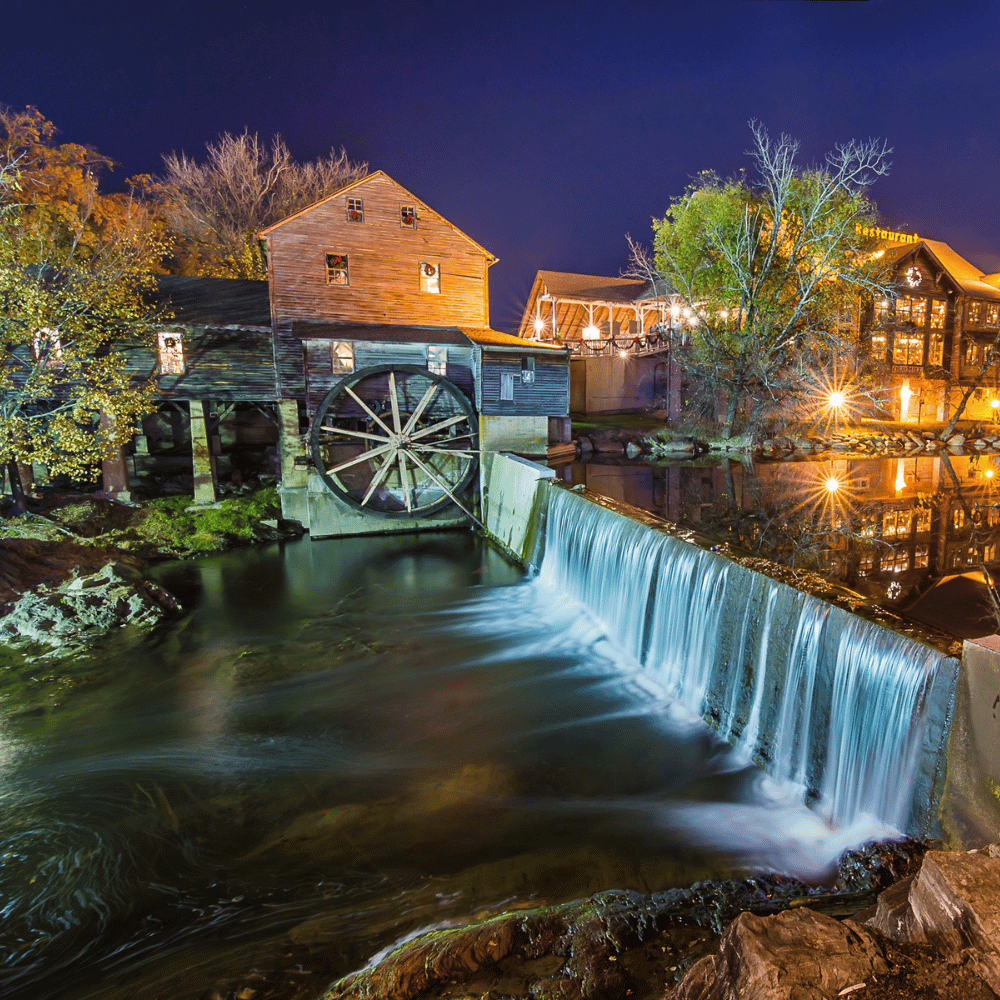
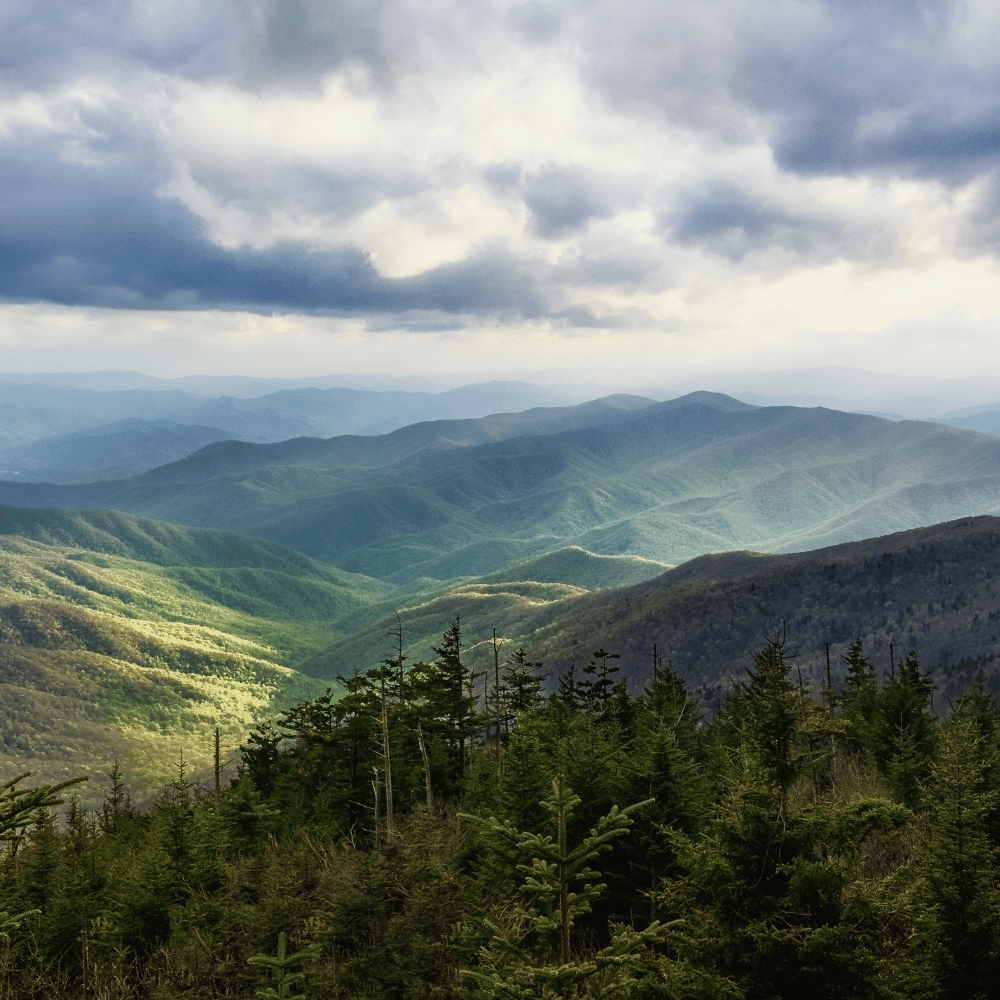
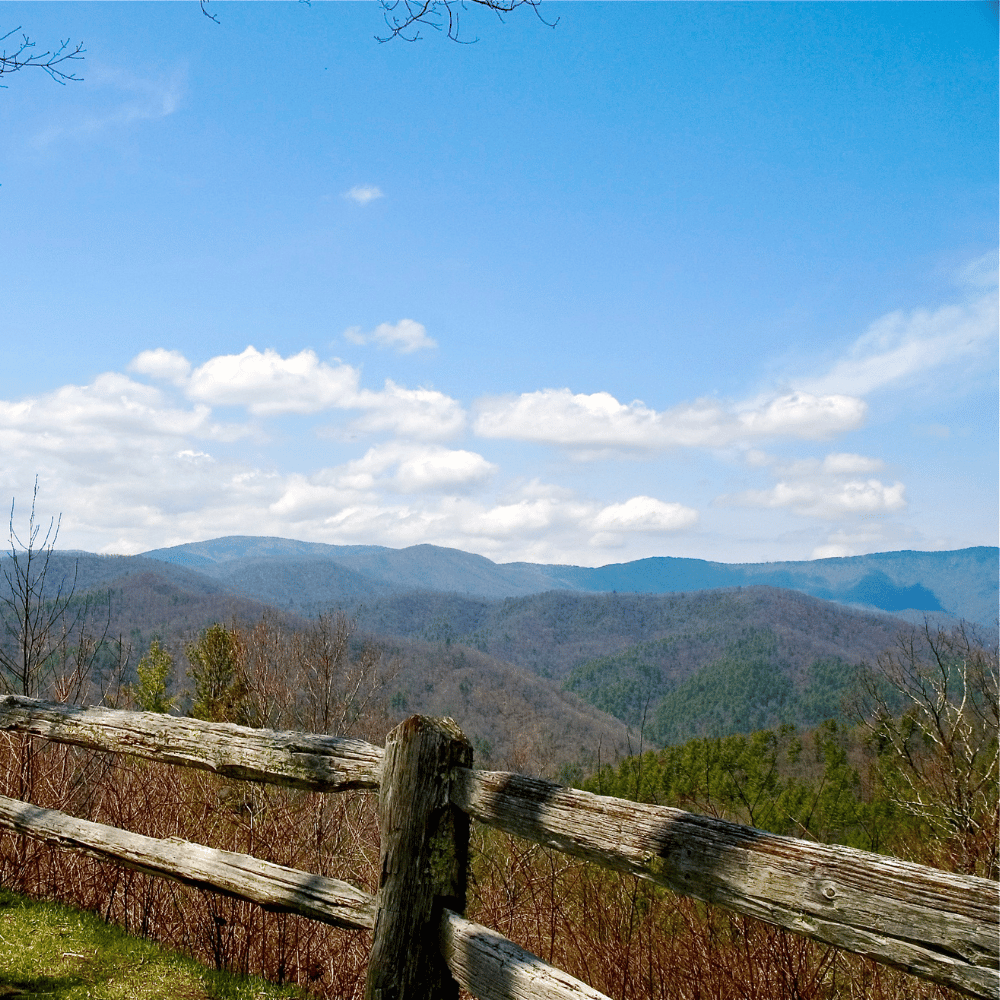
The Great Smoky Mountains National Park is an ideal destination in March due its mild weather and picturesque mountain scenery. This park is home to over 2200 species of plants as well as hundreds of birds, mammals, and reptiles, which can be spotted during hikes along its many trails or from one of its scenic overlooks. In addition to wildlife viewing opportunities, there are plenty of other activities like fishing, horseback riding, or backcountry camping that make this park perfect for a spring excursion.
Grand Canyon National Park Arizona
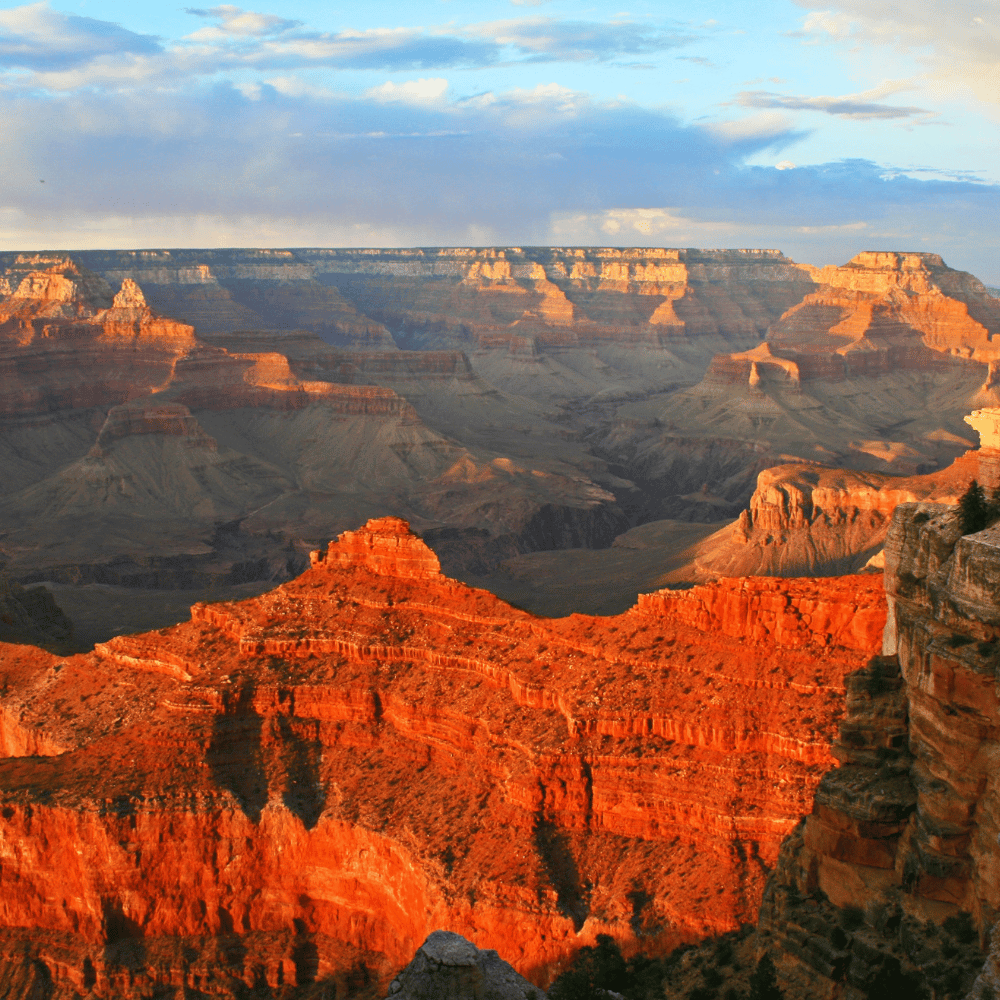
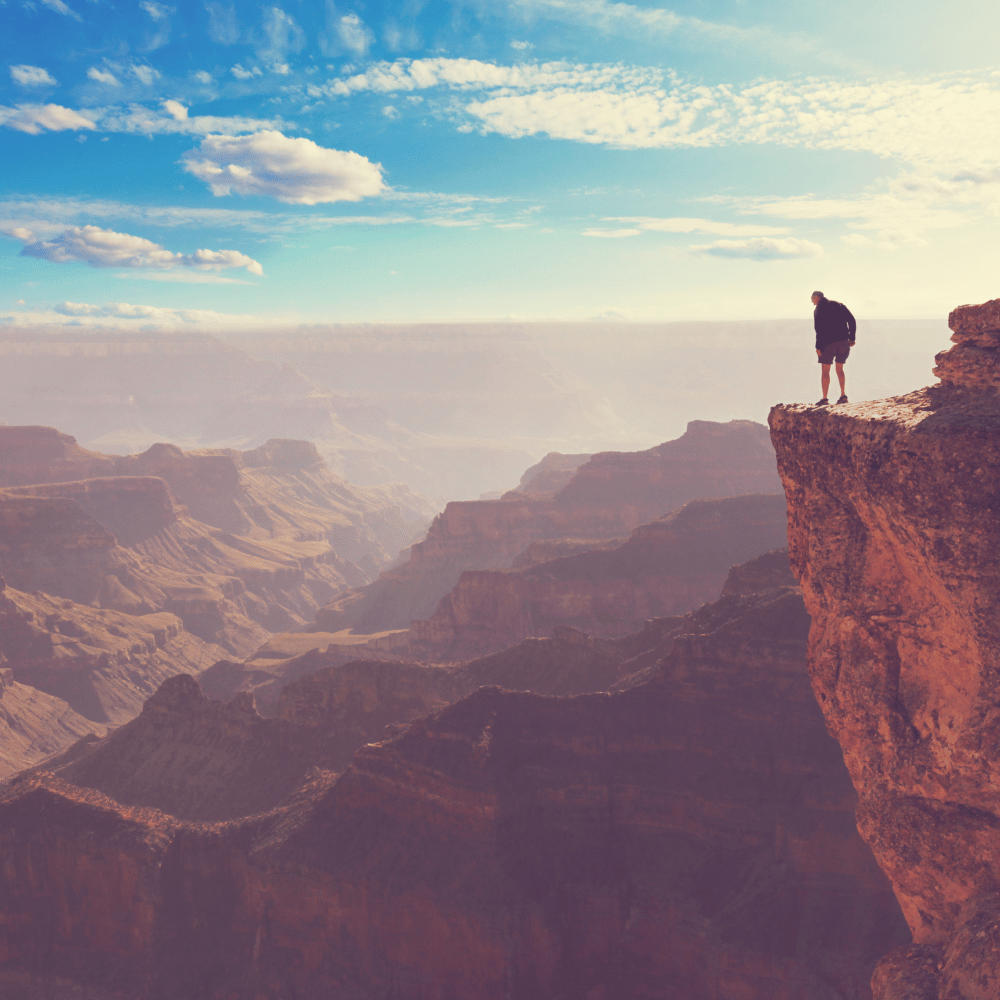
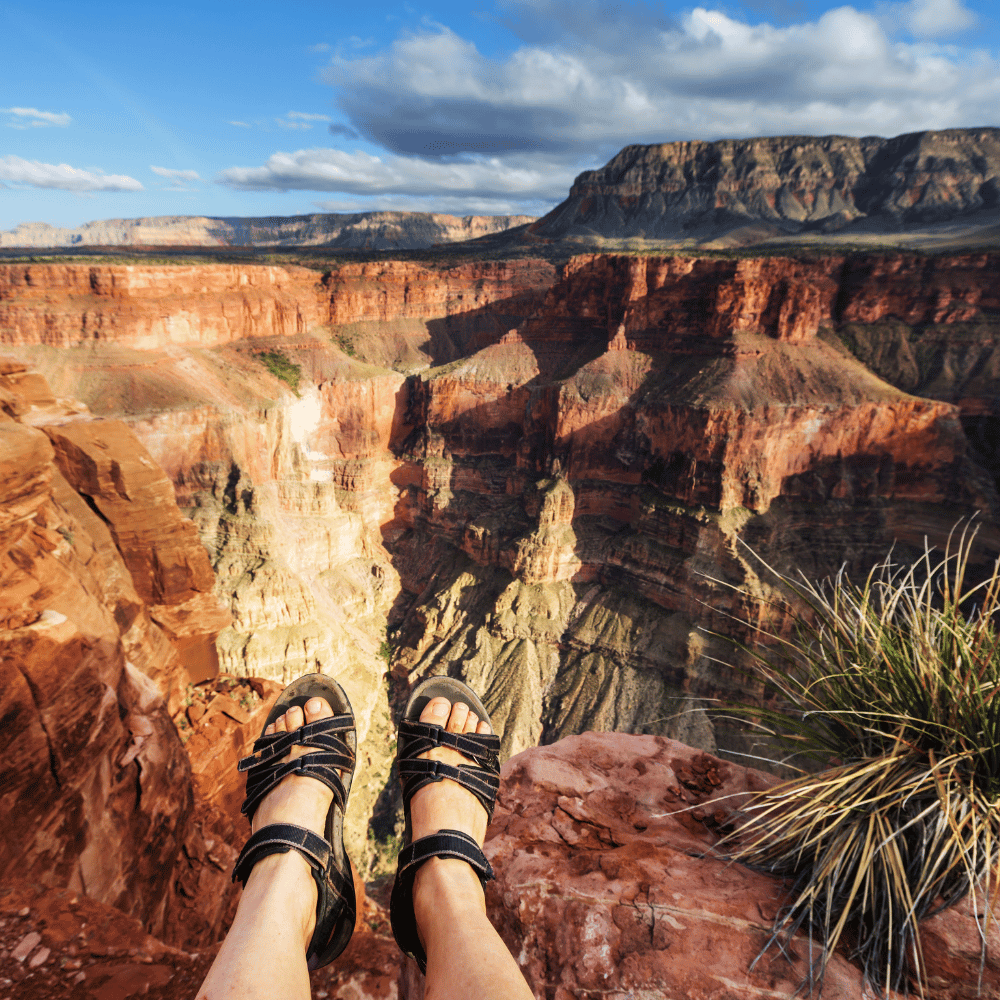
The Grand Canyon needs no introduction; it’s one of the most visited tourist attractions in America due largely because of its sheer size and beauty. During March, temperatures remain comfortable, making it perfect for activities such as rafting down the Colorado River or taking a guided tour along one of its trails or paths. You can also take advantage of ranger-led programs at various points throughout the park, which provide a fascinating insight into this natural wonder.
Joshua Tree National Park
Joshua Tree National Park is a United States national park located in southeastern California, east of Los Angeles, near the Arizona-California border. It is named for the Joshua trees (Yucca brevifolia) that are native to the Mojave Desert. The park covers a total area of 790,636 acres, making it the largest national park in California. It is home to a wide variety of plants and animals, including the iconic Joshua tree, and is a popular destination for outdoor recreation such as camping, hiking, and rock climbing.

Big Bend National Park
Big Bend National Park is a national park located in southwest Texas, near the Mexican border. It encompasses over 800,000 acres of land, making it the largest national park in Texas. The park is home to a variety of wildlife, including javelinas, roadrunners, mountain lions, and more than 450 species of birds. Big Bend National Park also features a number of hiking trails, scenic drives, and river rafting opportunities. Visitors can also explore the Chisos Mountains, the Chihuahuan Desert, and the Rio Grande River.
Zion National Park
Zion National Park is a popular destination located in southwestern Utah. It is known for its stunning red rock formations, canyons, rivers, and waterfalls. It is home to a variety of wildlife, including mule deer, bighorn sheep, mountain lions, and more. The park also offers a variety of activities, such as hiking, camping, bird watching, and rock climbing. It is one of the most visited national parks in the United States.

Arches National Park
Arches National Park is a stunning landscape of natural sandstone arches located in eastern Utah, United States. The park is home to over 2,000 natural stone arches, as well as other unique geological features such as towers, fins, and balanced rocks. It also contains an array of wildlife, including lizards, snakes, and birds. Arches National Park is a great destination for hiking, camping, wildlife viewing, and photography.

Death Valley National Park
Death Valley National Park is a 3.4 million acre park located in California and Nevada. It is the largest national park in the contiguous United States and the hottest and driest national park in the country. It is home to a variety of plants and animals, and is a popular destination for outdoor enthusiasts. Visitors can enjoy camping, hiking, biking, horseback riding, and more. There are also plenty of opportunities to explore the area's unique geology and learn about its history.

Saguaro National Park
Saguaro National Park is located in the Sonoran Desert of southern Arizona, just west of Tucson. It is home to the iconic saguaro cactus, which can grow to heights of up to 50 feet. The park is divided into two sections, the Tucson Mountain District and the Rincon Mountain District, which are separated by the city of Tucson. The park offers a variety of activities, including hiking, camping, bird watching, and stargazing. The park also has a wide variety of wildlife, including coyotes, bobcats, javelina, and many species of birds.
Guadalupe Mountains National Park
Guadalupe Mountains National Park is a United States National Park located in West Texas, near Carlsbad, New Mexico. It is home to the highest peak in Texas, Guadalupe Peak, as well as the world's most extensive Permian fossil reef. The park also contains a variety of other natural and cultural resources, including the four highest peaks in Texas, an extensive cave system, and a variety of unique plant and animal species. Visitors can explore the park's vast wilderness areas on foot, by horseback, or by car. There are also a number of ranger-led programs available, including hiking, camping, and educational programs.
Pinnacles National Park
Pinnacles National Park is a fascinating and unique park located in California's central coast region. It is home to the namesake rock formations, the tallest of which reach heights of over 3,000 feet. The park also features stunning views of the Salinas Valley, chaparral landscapes, and a variety of plant and animal life. Visitors can explore the park on foot, by bike, or on horseback, and can take part in activities such as camping, rock climbing, and wildlife viewing.
Yosemite National Park
Yosemite National Park is a United States National Park located in the Sierra Nevada mountain range in California. It is known for its giant sequoia trees, its vast meadows, and its many waterfalls, including the iconic Yosemite Falls. The park is home to a variety of wildlife, including black bears, mule deer, coyotes, and numerous bird species. It also offers a variety of recreational activities, such as hiking, camping, fishing, and rock climbing.

Our Final Thoughts About Best National Parks to Visit in March
There are so many incredible national parks across America that offer unique experiences year-round, but if you’re looking for somewhere special in March, then these three should be at the top of your list!
Yellowstone offers unique wildlife encounters amidst stunning natural scenery, The Great Smoky Mountains have diverse ecosystems full of wildlife, and The Grand Canyon, with its dramatic views, makes for an unforgettable adventure. No matter which park you choose, you’re sure to have an unforgettable experience that will leave you wanting more!
And if you like to listen to music while packing, you can get a 30-day free trial of Amazon Prime Music or listen to your favorite audiobook with Two Free Audiobooks from Audible Plus! Additionally, if you want to take advantage of 2-day shipping, get a Free 30-day trial of Amazon Prime!
Happy Travels! :)


